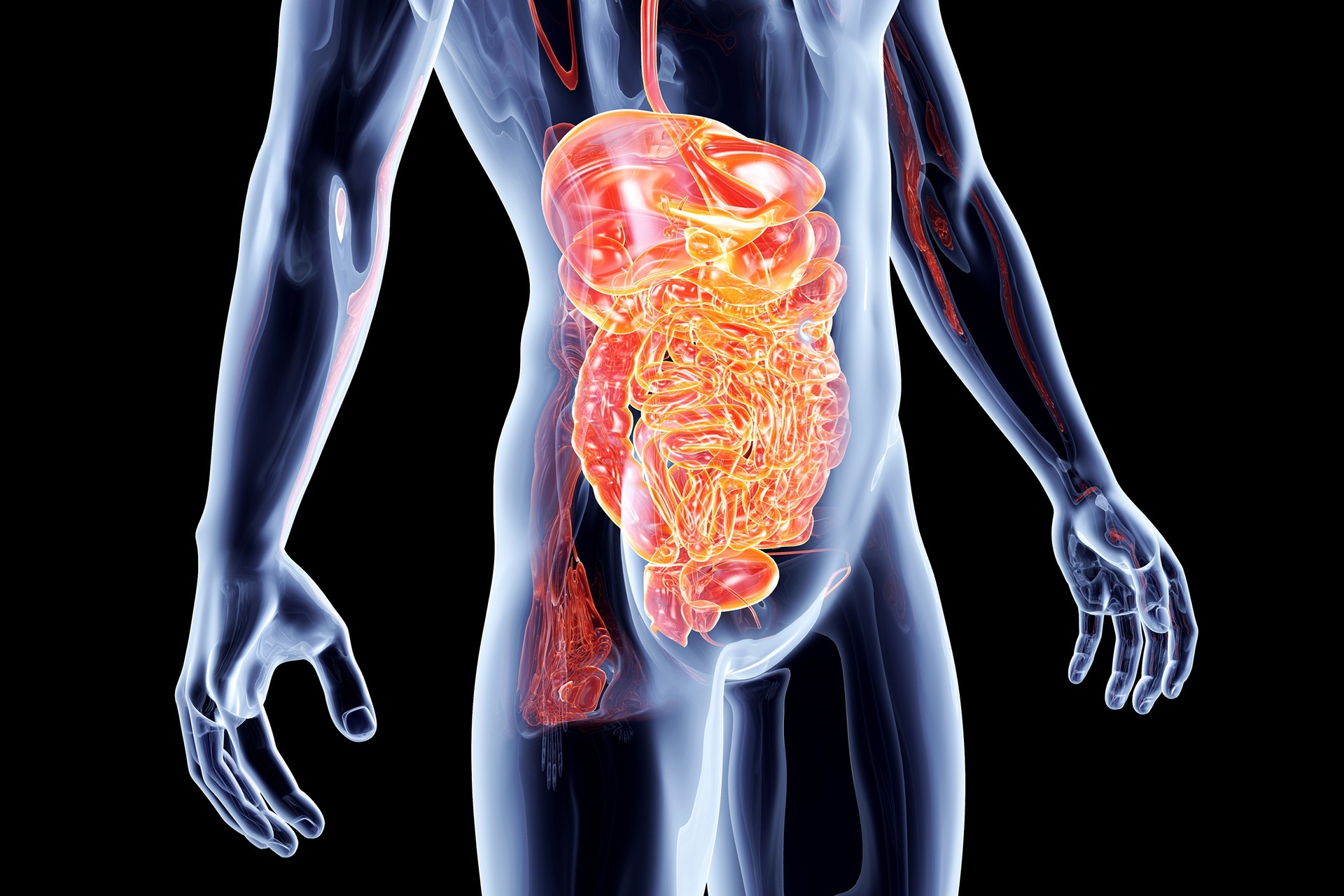DYSAUTONOMIA
July 26, 2014
FOR NEW MARYLAND PATIENTS
October 27, 2014By CCIM Contributing writer, Jennifer Martin
A growing number of us are developing a deficiency of vitamin D, with more than 40% of adults in the US now estimated to be deficient in this essential vitamin1. Rates of deficiency are even higher among people of Hispanic and African descent, with levels rising to 69% and 82%, respectively. Although vitamin D is essential for calcium absorption and has long been linked to rickets and osteoporosis, correcting a deficiency will do more than simply reduce the risk of fractures2. This is because it is now appreciated that vitamin D has a more diverse role within our body and deficiency is associated with a range of chronic health problems.
For example, a shortfall in the vitamin is linked to low mood and impaired mental function among seniors3. There is also a possibility that low levels of the vitamin may contribute to cancer development, with a recent association between vitamin D deficiency and advanced prostate cancer identified4. Similarly, African-Americans who display this vitamin deficiency are more likely to have multiple sclerosis5. The link with these conditions and others makes it more important than ever to tackle a deficiency in this vitamin, but before we can do this we must consider what is contributing to the problem.
Reduced exposure to sunlight
As our main source of vitamin D is through exposing our skin to the sun, one theory is that we are no longer making enough of this vitamin naturally via the action of sunlight6. This is plausible, as the history rising vitamin D deficiency roughly coincides with more zealous use of sunscreen to reduce our risk of skin cancer. However, by largely blocking the UV rays in this way, we also stop our skin from making the vitamin. Add to this the fact that more of us spend time out of the sun, whether due to working long hours in an office or taking part in more indoor activities in our leisure time, and it seems that there is a case for reduced sun exposure contributing to the effects we see on vitamin D status. That doesn’t mean that people should bask in the sun at the heat of the day, but achieving a more sensible balance might be called for. Perhaps just 10 minutes of exposure to the face, lower arms and lower legs a few times each week, avoiding times when the sun is most intense, is the way forward. However, for anyone who is housebound or for who exposure to the sun is impractical, a supplement is recommended.
Weight gain
Another trend that may explain the growth in vitamin D deficiency is that increasing numbers of us are now overweight. Indeed, there is certainly an association between vitamin D levels and body fat, with people who are overweight or obese having a greater risk of deficiency7. There is a suggestion that this link may arise because vitamin D is fat soluble, so its storage within deeper layers of subcutaneous fat may reduce its availability for use within the body.
Changing food choices
It is also a possibility that changing dietary practices may account for why more of us are deficient in vitamin D. For instance, more of us are now following a vegetarian diet, with a vegan diet also popular. While vegetarians who eat eggs and dairy produce can obtain some vitamin D from their diet, thanks to the fact that the vitamin naturally occurs in egg yolks and is added to milk, vegans have more of a struggle. While vitamin D occurs in fortified plant-based foods, such as margarine and breakfast cereals, these are rarely enough to prevent deficiency, particularly in someone who receives little sun exposure. As a result, vegans and very strict vegetarians are best taking a vitamin D supplement. However, more of us switching to a plant-based diet isn’t the only reason why we might be getting less of the nutrient from our food. For instance, trends towards reduced milk consumption among adolescents may explain rising rates of deficiency among this group, which skipping breakfast and favouring sodas and fruit drinks are contributing to8. Young people aren’t the only ones shunning milk though, as there is a misconception that dairy produce is fattening and many of us have an intolerance to dairy, which is encouraging more people to limit their intake of milk-based foods.
As with many conditions, it is likely that there are a range of factors have contributed to the rise in vitamin D deficiency. It is therefore important to assess patients on an individual basis to correctly identify the underlying reason for their nutrient deficiency so that the correct treatment is given.
Sources:
1 http://www.nrjournal.com/article/S0271-5317%2810%2900259-9/abstract
2 http://www.drweil.com/drw/u/WBL02307/More-Vitamin-D-Fewer-Fractures.html
3https://publichealth.wustl.edu/people/Documents/Wilkins%20Paper%205.pdf
4 http://www.northwestern.edu/newscenter/stories/2014/04/vitamin-d-deficiency-linked-to-aggressive-prostate-cancer-.html
5http://www.ucsf.edu/news/2011/05/9918/low-vitamin-d-levels-seen-multiple-sclerosis-risk-african-americans-ucsf-study
6 http://www.mercola.com/Downloads/bonus/vitamin-d/report.aspx
7 http://www.hsph.harvard.edu/nutritionsource/vitamin-d-deficiency-risk/
8 http://digitalcommons.usu.edu/cgi/viewcontent.cgi?article=1038&context=honors



